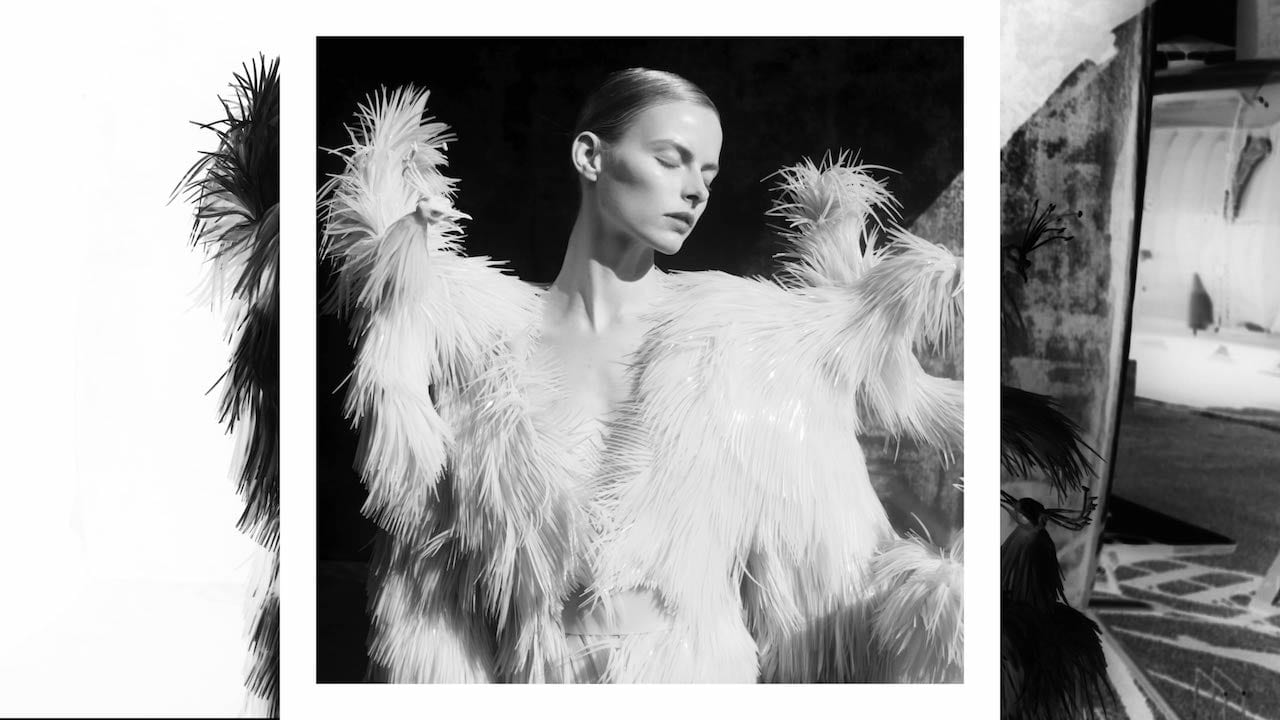“I wanted to disrupt the viewing experience in a slightly ambiguous, obtuse way, to create figures like ghosts,” says Francis, whose ongoing work urges viewers to re-evaluate who is considered the natural inhabitant of English landscapes


“I wanted to disrupt the viewing experience in a slightly ambiguous, obtuse way, to create figures like ghosts,” says Francis, whose ongoing work urges viewers to re-evaluate who is considered the natural inhabitant of English landscapes


A late Covid-19 test and missed flight later, the photographer found himself spending Christmas on a Kenyan beach with an iconic supermodel

Gina Amama from A Whitespace Create Agency in Lagos, Nigeria, picks out what caught her eye in 2018 – including Michael Oliver Love’s “mind-blowing” editorial for Africa is Now magazine

Fashion photographer Sølve Sundsbø was awarded an Emmy in 2011 for his direction of a series of short films, shot for the website of the The New York Times Magazine. The series, 14 Actors Acting commissioned by Kathy Ryan, was acclaimed as a “new approach”, but the Norwegian photographer claims he simply “dabbles” in film.
“I’m not proficient or even adequate yet,” he says. “But film is a way of rejuvenating the work I’ve already done. It’s like a little vitamin boost.”
Sundsbø’s photography career has been meteoric. Four months into a course at the London College of Printing, he attracted the attention of Nick Knight, and became his assistant for the next four years. Now he’s a regular in Italian Vogue, Visionaire and W magazine. His commercial clients include Chanel, Hermès, Nike and Yves Saint Laurent and, outside the fashion world, Royksopp, Friendly Fires and Coldplay have all chosen his work for their album covers.

Nadine Ijewere has been interested in fashion imagery since she was a girl but it wasn’t until she studied photography at the London College of Fashion that she began to pick up on some of its more unsettling undertones – particularly the stereotypes used in the portrayal of non-Western cultures. The Misrepresentation of Representation, an early project that she completed at university reflected on Orientalism and how it came to rigidly define certain cultures for a Western audience.

Nigel Shafran first came to fame in 1990 with a series of images published by i-D; showing teenage shoppers in a down-at-heel precinct in Ilford, it was the antithesis of a high-end fashion shoot. His first venture into publishing, Ruthbook, had a similarly pared-down approach; showing his girlfriend shot mostly at home, in her dressing gown, say, or blowing her nose, alongside details such as crumbs on a kitchen work surface, a pot on the stove, or a hair stuck on a bar of soap. Shafran hand-wrote the title, in pencil, on all 600 copies. Now he’s found a new twist on this everyday approach, putting his work books on show. Dating from 1984 right up to 2018 they’re a creative insight into his working process and life, and a typically understated collection – though it’s the inaugural exhibition at Sion and Moore, the gallery run by Claire de Rouen’s Lucy Moore in the space that used to house Wolfgang Tillmans’ studio.

Interviewing Nigel Shafran is a circuitous, informal affair. Meeting him at his North London home, I immediately recognise Ruth, his partner and the subject of many of his photographs. I also meet his son Lev, who, though somewhat older, is also still easily discernible from his father’s pictures. The interview takes place in the kitchen familiar from Flowers for ____. Every now and then a friend calls round or phones, with plans made to throw a boomerang around in the park that afternoon, or play ping pong in the evening. Lev occasionally interjects from the living room with his take on the interview process, or on “nattering on about photography” as he puts it. “Sorry. Oh my God!” says Shafran, as the phone rings for the second time. “No worries,” I say. “You’re a busy man.” “A busy family man!” he replies. It doesn’t always make for an easy interview, but it feels appropriate for a photographer who focuses on the everyday, the domestic and the personal.